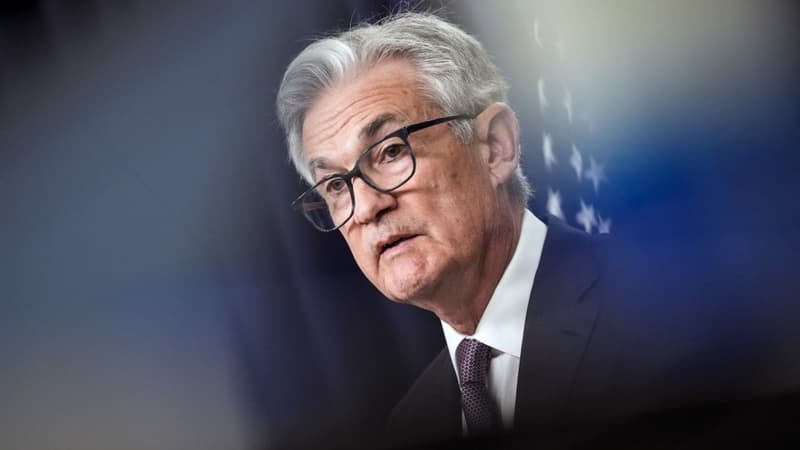The decision is expected although a surprise can never be ruled out. For the third time in four meetings, the Federal Reserve (Fed) is expected to announce on Wednesday that it will leave its rates unchanged as the US economy remains strong and inflation persists.
After falling for several months, the latter stabilized at 3.4% at an annualized rate in the last three months, according to the PCE index, favored by the Federal Reserve. However, at the same time, consumption is not weakening and growth is soaring, doubling in the last quarter, after an already very solid first half, to reach 4.9% at an annual rate.
At the same time, unemployment remains stubbornly low at 3.8%, with persistent labor shortages in several key sectors. Despite everything, the trend among analysts, for the most part, according to the CME Group’s assessment, is that the Federal Reserve will not modify its rates, currently in a range of 5.25% to 5.50%.
Uncertainties
The decision will be announced on Wednesday at 2:00 p.m. (6:00 p.m. GMT) in a press release published at the end of the Monetary Policy Committee (FOMC) meeting, which began on Tuesday morning.
Because the whole paradox is there: if the US economy seems stronger than ever, while at the beginning of the year it was expected to be in a slight recession, clouds are gathering on the horizon, both nationally and globally. The war between Israel and Hamas, which began on October 7, could cause oil prices to rise, especially if it spread to other countries in the region.
Pulse
The World Bank estimated on Monday that in the event of a widespread conflict in the Middle East, the price of oil could exceed $155, an unprecedented level. Such an increase in energy prices would immediately cause commodity prices to rise, with the ultimate risk of inflation starting again.
At the national level, the election of a “speaker” of the House of Representatives, Mike Johnson, after three weeks of delay within the Republican Party, allows consideration of a vote on the federal budget for 2024. But there is a It’s a gamble It is certain that the confrontation between Republicans and Democrats will begin again, while the public deficit skyrockets. So many shocks whose potential impact on the US economy is currently difficult to measure, which should encourage the Federal Reserve to be cautious.
Especially because, at the same time, there was an increase in the yields of the 10-year Treasury bonds, which serve as a reference, and which soared in September and October and exceeded 5%. On Tuesday they were still at 4.88%.
Cycle finished?
“In fact, this is a much sharper tightening of credit conditions than an increase in rates,” Ms. Swonk recalled, “many at the Federal Reserve believe that rising yields equate to an increase in the additional types”. . And with good reason: 10-year Treasury yields are used in part to calculate rates on various loans, particularly real estate.
To the point of considering that the bullish cycle has definitively ended? It is not so certain because, as Federal Reserve Chairman Jerome Powell reminded us in mid-October, there is still a long way to go for inflation to return to the 2% target set by the institution.
At the moment it remains at a level that is “still too high” and “a few months of good figures are just the beginning of what will be necessary to be sure that inflation (the rate) falls sustainably.” “The path can be riddled with obstacles and take time,” she warned.
Source: BFM TV


